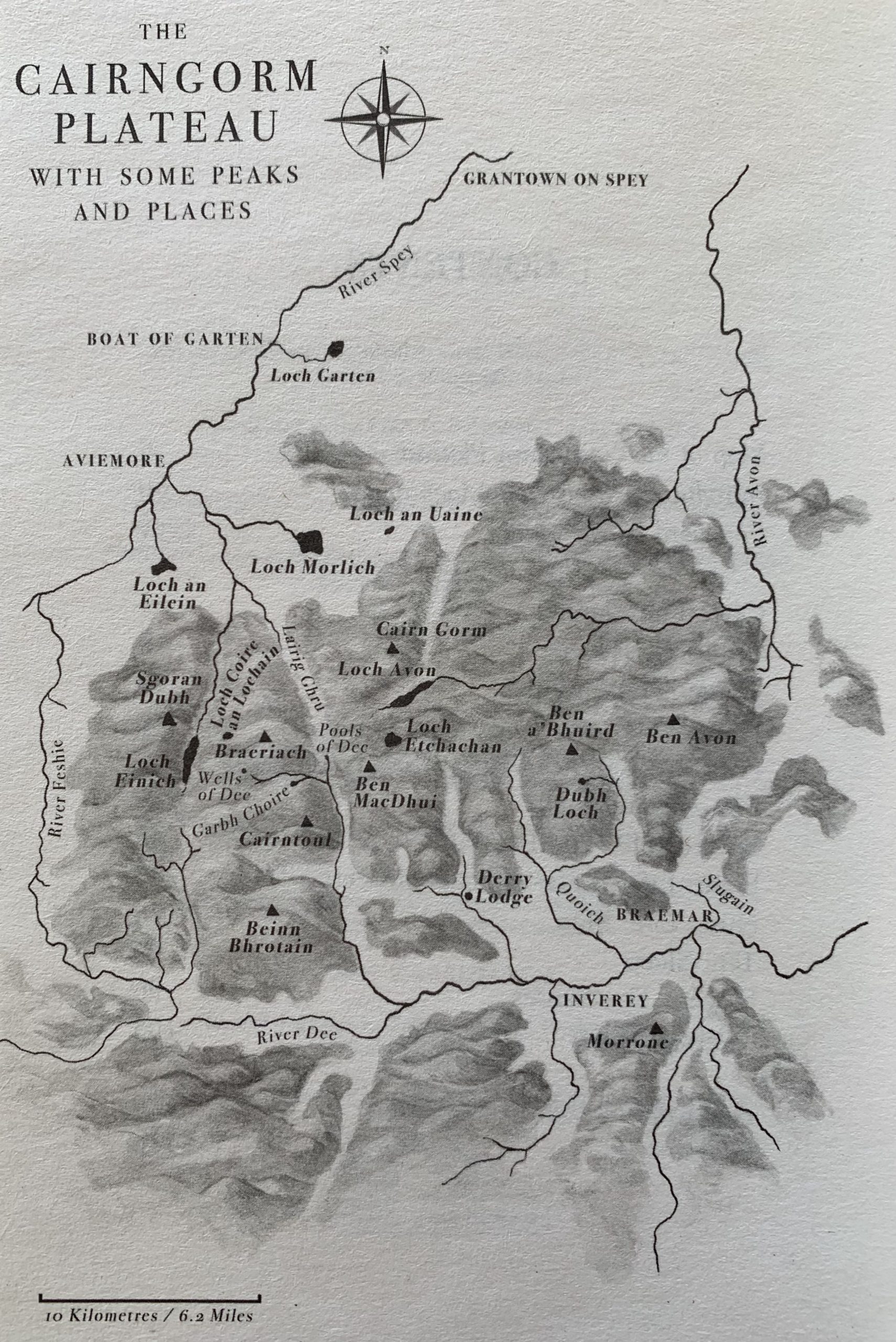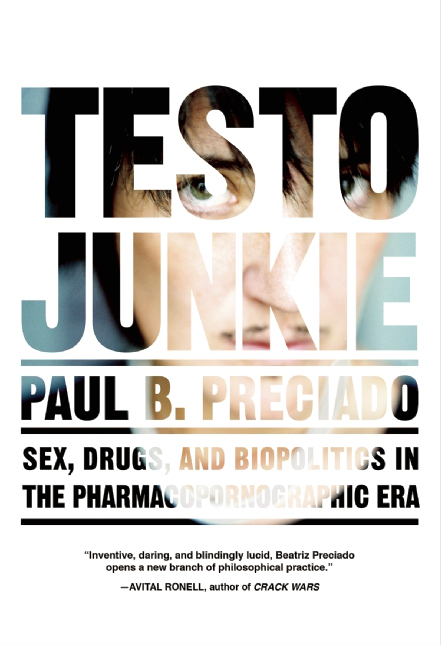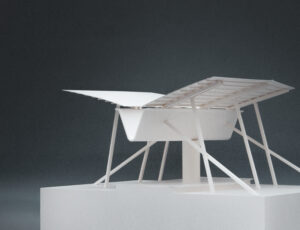Deborah Levy is a British novelist, playwright and poet. She was born in Johannesburg, South Africa, the granddaughter of working-class Lithuanian Jewish immigrants on her paternal side and an upper-middle-class English family on her maternal side. Her father, Norman Levy, was a historian and a member of the African National Congress. He lived under a banning order from the Apartheid government from 1964 until the family fled to London in 1968. To cite her: “the first nine years of myself were made in southern Africa; I had made the rest in Britain”. Levy’s memoir on writing, gender politics and philosophy is composed of three volumes: Things I Don’t Want to Know (2013), The Cost of Living (2018) and Real Estate (2021).
The jumping-off point for Things I Don’t Want To Know, the first in the trilogy, is George Orwell’s essay ‘Why I Write’. Therein, Levy shares her reflections on claiming the contested territory that is writing as a young woman. I understood this process to involve actively maintaining one’s own strangeness with respect to the expectations placed on women in society.
Speaking about the woman who runs the small hotel in the mountains of Mallorca where Levy has gone to write after the end of her marriage, she points out:
Maria was one of the few women in this Catholic village who had neither married nor had children. Perhaps she was wary of these rituals because she knew they would ultimately exploit her. Whatever, it was clear that she had other projects in mind. She had designed the irrigation system that watered the citrus orchard, and of course the ambience of this inexpensive, tranquil hotel was designed by her too. If it mostly attracted solo travelers, it was possible that Maria had quietly and slyly constructed a place that was a refuge from The Family. (p.19/20)
Since childhood, writing has for Levy been a means not only of grappling with her experience of otherness but also a means of escape. In other words, writing gave and seemingly continues to give her a sense of mobility. The following passage recalls a conversation she had as a young child with a nun in Johannesburg,
She had told me to say my thoughts out loud but I had tried writing them instead. Sometimes I showed her what I had written, and she always made time to read everything. She said I should have told her I could read and write. Why hadn’t I told her? I said I didn’t know, and she said I shouldn’t be scared of something ‘transcendental’ like reading and writing. Transcendental meant ‘beyond’, and if I could write ‘beyond’, whatever that meant, I could escape to somewhere better than where I was now. (p.108/109)
Having realized this potential of writing to go elsewhere in one’s mind, Levy also recalls writing as a tool for exploring her feelings of exile from South Africa upon arrival in England.
‘England’ was an exciting word to write. My mother had told me we were in exile and would one day return to the country of my birth. The idea that we were living in Exile and in England terrified me. When I told my new friend Judy (who was born in Lewisham) that I didn’t really want to live in Exile, she said, ‘Yeah, I’d be scared shitless too.’ (p.125/126)
The following passages about her lacking sense of entitlement in England to voice her needs or desires as well as her impression of being in disguise strongly resonate with my own experiences of arriving in London as a young child. Without a matured sense of self, not having gone through the full process of individuation, I felt the pressure to absorb everything from my new environment as though it were a matter of survival.
There were certain things about England that I still couldn’t quite grasp. One of these ungraspable things occurred right here in the café. The greasy spoon cook, who was called Angie, always gave me bacon that I considered raw. It was as if he put it on the hot plate to make it warm but not actually to cook it. […] I did not feel like I could ask Angie to cook the bacon for longer because I did not live in England — I lived in Exile — and reckoned this was the way things were done in the country that was my host. (p.126/127)
‘I can’t fall apart because I’ve never fallen together.’ This was something my teenage hero had written, or words that meant something like that — the man whose blank stare I practices in front of the mirror. I reckoned that every time Andy Warhola painted a tin of American soup it was his way of escaping from the brown flat fields of Eastern Europe where his parents were born. Every single tin of clam chowder got him nearer New York and away from living in Exile with his mother in Pittsburgh. […] I was interested in Andy because I reckoned, I was a bit in disguise too. (p.127/128)
Growing up, the ambiguity around seemingly straightforward concepts such as the ‘English’ progressively reveals itself to Levy. I would add that my now default relationship to otherness — where to be other is the norm — was formed in multicultural Camden, where we first went to school with my sister. I have found that such a position makes it easier to hold my sense of belonging to and strangeness in multiple contexts without seeing it as a weakness.
English people were so kind it was unbelievable. I loved my new country and wanted to belong to it and be as English as Angie, though it occurred to me she might not be entirely English because I had heard her talking in Italian to the man who owned the greasy spoon. (p.132)
By the time I got to bed, I felt weird and shaky. I had lived in England for six years and was nearly as English as they come. All the same I had come from somewhere else. I missed the smell of plants I could not name, the sound of birds I could not name, the murmur of languages I could not name. Where exactly was southern Africa? One day I would look at a map and find out. That night I lay awake all night long. I had so many questions to ask the world from my bedroom in West Finchley about the country I was born in. (p.149)
Later in the book, she goes back to reflect on her stay at the Mallorcan hotel and the significance of Maria’s character. Her being away from where she should be as a woman according to social norms is portrayed as voluntary exile from patriarchy, an image that I found particularly compelling. Her subsequent comments about this exile not being the place of her, or more broadly speaking of women’s desires, are nonetheless unsettling. I will continue to mull over these.
It occurred to me that both Maria and I were on the run in the twenty-first century, just like George Sand whose name was also Amandine was on the run in the nineteenth century, and Maria whose name was also Zama was looking for somewhere to recover and rest in the twentieth. We were on the run from lies concealed in the language of politics, from myths about our character and our purpose in life. We were on the run from our desires too probably, whatever they were. It was best to laugh it off. The way we laugh. At our own desires. The way we mock ourselves. Before anyone else can. The way we are wired to kill. Ourselves. It doesn’t bear thinking about. (p.158/159)
In reference to Virginia Woolf’s well-known emphasis on women writers having a space of their own to focus on their creative work, in the closing paragraphs of Things I Don’t Want To Know, Levy hints at the changing needs that accompany the growing freedom of movement that (some, admittedly very fortunate) women have access to today.
That spring in Majorca, when life was very hard and I simply could not see where there was to get to, it occurred to me that where I had to get to was that socket. Even more useful to a writer than a room of her own is an extension lead and a variety of adaptors for Europe, Asia and Africa. (p.163)
In The Cost of Living, the second book in the Living Autobiography trilogy, Levy returns to the theme of freedom as a destination. She reflects on her constant longing to make a home considering the constraints it places upon women.
The moody politics of the modern home had become complicated and confusing. There were many modern and apparently powerful women I knew who had made a home for everyone else but did not feel at home in their family home. They preferred the office or wherever they worked because they had more status than being a wife. (p.111/112)
Another passage in the book that resonated with my long-held representation of my family’s move to London from Bratislava when I was a child as an overwhelmingly exciting opportunity takes places at St Pancras station. Waiting to board a train for Paris to attend the French publication of her novel Swimming Home, Levy realizes to what extent her sense of uncertainty when arriving in London from South Africa as a child had long stayed overwritten, presumably to diminish the charge of anxiety around it.
As I listened to announcements of cancellation and arrivals, what came to mind, out of the blue and into the orange London dawn, was the train that my family had boarded just after we arrived at Southampton docks from South Africa in 1968. This train was going to take us to Waterloo station. I had been sitting next to my brother, and in the aisle seats opposite us were our mother and father. We were all looking out of the window at ENGLAND. I had always told myself that this was a happy train ride. Yes, the story I had told myself was that we were laughing and chatting and eating crisps. I realized that morning at St Pancras International that the train rife to Waterloo had been a terrifying journey. I was nine years old. Where were our things? Where were my clothes? My toys? Where was our stuff? The furniture from our family home? Where were we going to love in England, anyway? Would I go to school somewhere? We had not been chatting and laughing at all. I had anxiously read the name of every station on the way to Waterloo. My mother’s hands were shaking when she showed the conductor our rail tickets. My father was looking out of the window. My mother was looking at her children. That is where I was before. (p.154)
To conclude this short plunge into Deborah Levy’s Living Autobiography trilogy, I will cite two passages from Real Estate, the last volume. Both capture ways in which I have come to claim — more or less explicitly depending on the occasion — my Englishness, my subsequent French-ness and only recently — curiously — my Slovak-ness. It is perhaps not irrelevant that the latter coincided with writing a piece on architecture as myself today in Slovak.
We made our way to the Aligre market, stopping to look at a stall of African masks. The vendor begged me to buy at least two masks because he said he was cold and needed to get back to Africa. We laughed, but I did not ask him where in Africa, nor did I disclose that I was born in Africa too. The subject of where we are from in mostly not a two-second answer. It is a long conversation, maybe an endless conversation. I often left the African part of my biography out of conversation all together even give minutes wasn’t going to do it. (p.181)
I re-read Milan Kundera’s The Book of Laughing and Forgetting and began to understand the magnitude of his exile from Prague to Paris, the huge endeavor of learning another language, and actually thinking in that language when alone in the bath. Kundera had claimed his French identity. He described himself as a French-Czech novelist. It was a shock to realize all over again that I was part of the trail of writers who had made the long journey from their home country of birth to somewhere else. (p.233)


























